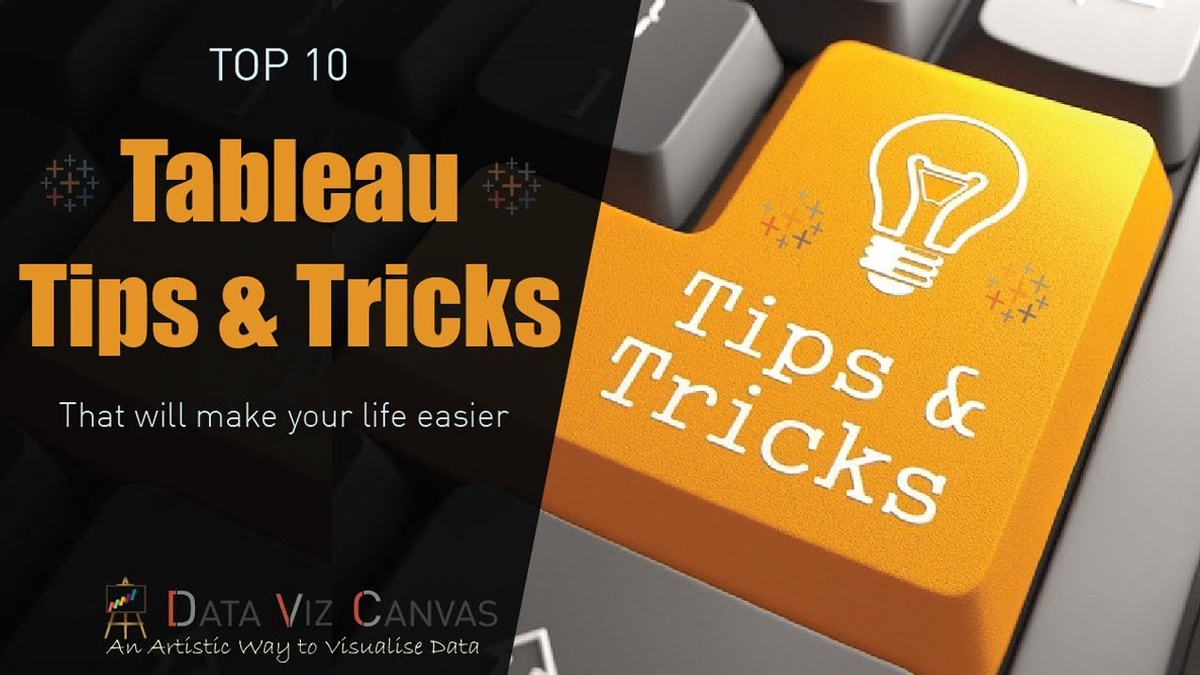Introduction
Tableau is a powerful data visualization tool that empowers individuals and organizations to transform data into meaningful insights. Whether you're a business professional, data analyst, or aspiring data scientist, learning Tableau can be a game-changer for your career. In this article, we provide a step-by-step guide for beginners to create their first data visualization using Tableau. For those looking to delve deeper into Tableau, a Tableau Training course can provide in-depth knowledge and hands-on experience.
Why Tableau for Data Visualization?
Before we dive into the step-by-step process, let's understand why Tableau is a preferred choice for data visualization:
-
User-Friendly: Tableau offers an intuitive, drag-and-drop interface that makes it accessible to users with varying technical backgrounds.
-
Versatile: It can connect to various data sources, including databases, spreadsheets, and cloud services, allowing you to work with the data you have.
-
Interactivity: Tableau enables you to create interactive dashboards and visualizations, making data exploration engaging and insightful.
-
Scalability: Whether you're working with a small dataset or big data, Tableau can handle it, and its performance scales with your needs.
-
Community and Resources: Tableau has a vibrant user community and extensive resources, including forums, tutorials, and online courses, to support your learning journey.
Step 1: Data Connection
The first step in creating a Tableau visualization is to connect to your data source. This could be an Excel spreadsheet, a database, or a cloud service like Google Sheets. Tableau's data connection wizard makes this process straightforward.
Step 2: Data Exploration
Once your data is connected, explore it within Tableau. Get to know your dataset, its structure, and the specific fields you want to visualize.
Step 3: Drag-and-Drop Visualization
Tableau's strength lies in its simplicity. Create your first visualization by selecting the desired fields, dragging them onto the appropriate shelves (rows, columns, or marks), and choosing the chart type that suits your data. For example, you can create a bar chart, line chart, or scatter plot with just a few clicks.
Step 4: Customize Your Visualization
Customize your visualization to make it more informative. You can format axis labels, change colors, add titles, and more. Tableau provides a wide range of customization options.
Step 5: Creating Dashboards
Tableau allows you to combine multiple visualizations into interactive dashboards. In this step, you'll learn how to create dashboards by arranging your visualizations, adding actions, and filters for user interactivity.
Step 6: Sharing Your Work
After creating your visualization and dashboard, you can share your work with others. Tableau provides options to publish your visualizations to Tableau Server or Tableau Online, or you can export them as image files or PDFs for sharing.
Step 7: Learning Resources
As a beginner, your Tableau journey doesn't end with your first visualization. To continue your Tableau education, explore the numerous learning resources available. Consider enrolling in a Tableau training course to deepen your skills and become proficient in data visualization and analysis.
Conclusion: Unlocking the Power of Data Visualization
Tableau opens the door to a world of data-driven insights. Learning how to create data visualizations is an invaluable skill in today's data-centric world. As a beginner, this step-by-step guide helps you create your first visualization, but there's so much more to explore. By enrolling in a Tableau training course and diving deeper into the world of data visualization, you'll be well-equipped to harness the power of data and turn it into actionable insights, no matter your professional background or career aspirations.


No comments yet